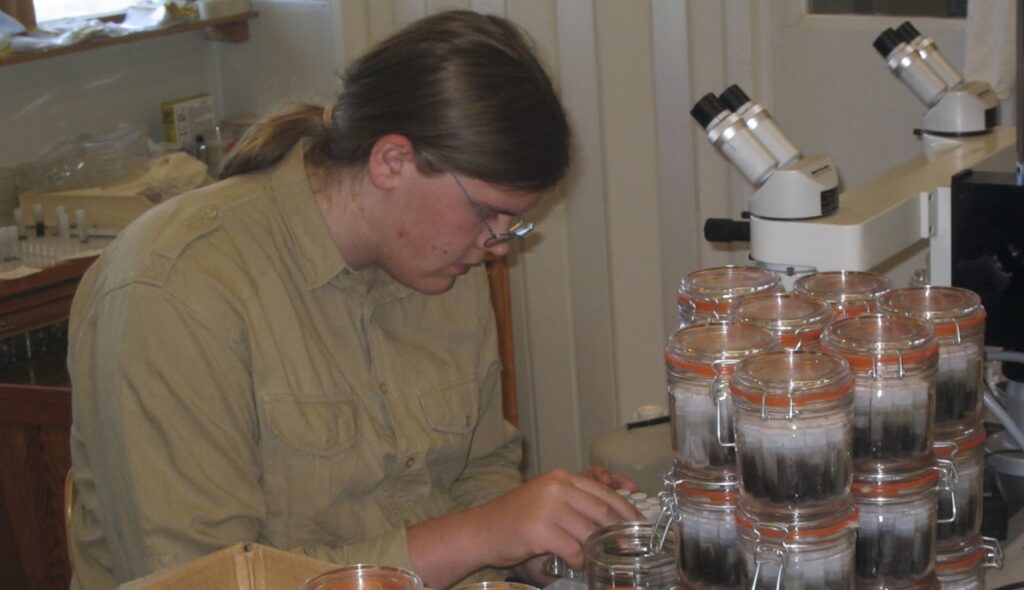
Even in well-studied countries like Sweden, insect faunas are still poorly known. Believe it or not, the recent Swedish Malaise Trap Project (SMTP) is the first systematic inventory of Swedish insects targeting the most diverse and least studied groups. A total of 75 Malaise traps were deployed during three years, 2003–2006, at some 50 representative localities spread over the country. The entire material, estimated to comprise around 15–20 million specimens, has been sorted into more than 300 taxonomic fractions suitable for processing by taxonomic experts. To date, about 1% of the material has been identified to species by more than 100 experts around the world.
The results have been astounding. Around 2,000 new insect species have been recorded from Sweden since the project started, many of them new to science. Even more surprising, a recent analysis suggests that there may still be 5,000 insect species left to discover. This would bring the total to some 33,000 insect species in Sweden. Most of the species that remain to be discovered are parasitoids or decomposers as larvae, and pollinators as adults. In other words, they deliver key ecosystem services.
The SMTP datasets are described in a recent data paper. To facilitate detailed analysis, the data on identified material is shared using the event-based format. Thus, absence records can be inferred for each taxonomic group and sample that has been processed. At the time of writing, around 80 SMTP datasets have been published through SBDI but new data are added continuously. The SMTP datasets significantly broaden the taxonomic coverage of insects in open biodiversity data.
Other projects at Station Linné and the Swedish Museum of Natural History continue the inventorying and monitoring of insect faunas. The Insect Biome Atlas project, supported by the Knut and Alice Wallenberg Foundation, charts the insect faunas of Sweden and Madagascar and their associated microbiomes using high-throughput sequencing of Malaise trap and soil samples. The Swedish Insect Inventory Project partly repeated and partly extended the SMTP sampling of the Swedish insect fauna in 2018–2019. The processing of this material has just started.
For more information about this research on insect faunas, see the Ronquist lab or contact Dave Karlsson or Fredrik Ronquist.
